Bringing Back Local Milk, Ice Cream, and Cheese
Civil Eats
JULY 2, 2024
From pasture to parlor, its organic, butterfat-rich milk travels less than 10 miles, produced by a herd of Jerseys pasture-raised on the misty coast. The ice cream shop is an extension of the Nicholson family’s sixth-generation, 120-acre farm in nearby Ferndale. A few sleek Jersey cows from the Foggy Bottoms Boys pastures.


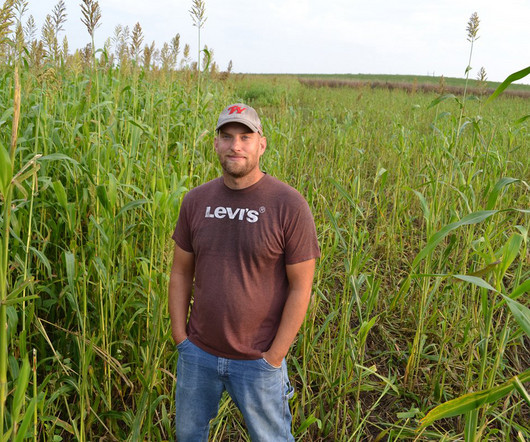
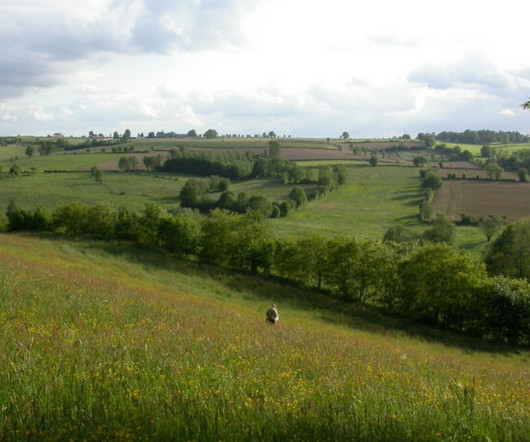
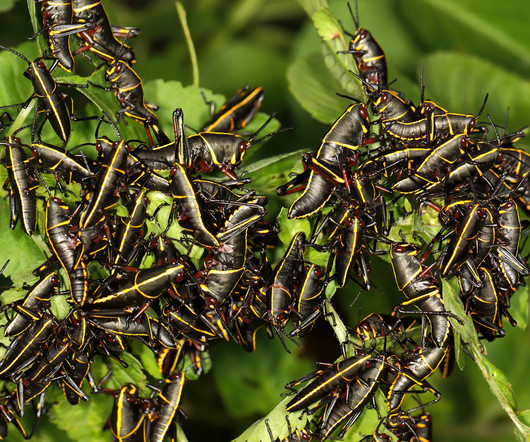

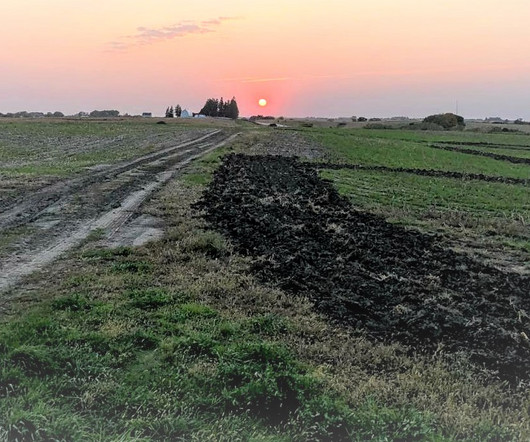
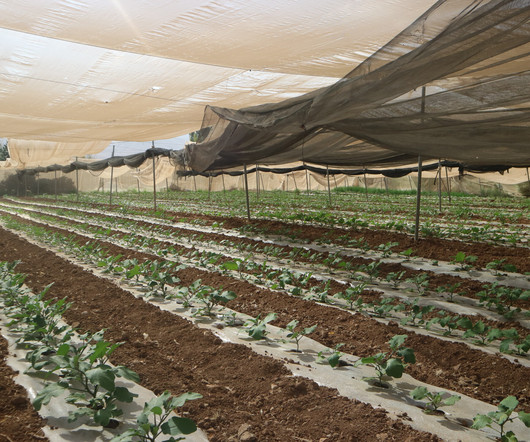







Let's personalize your content